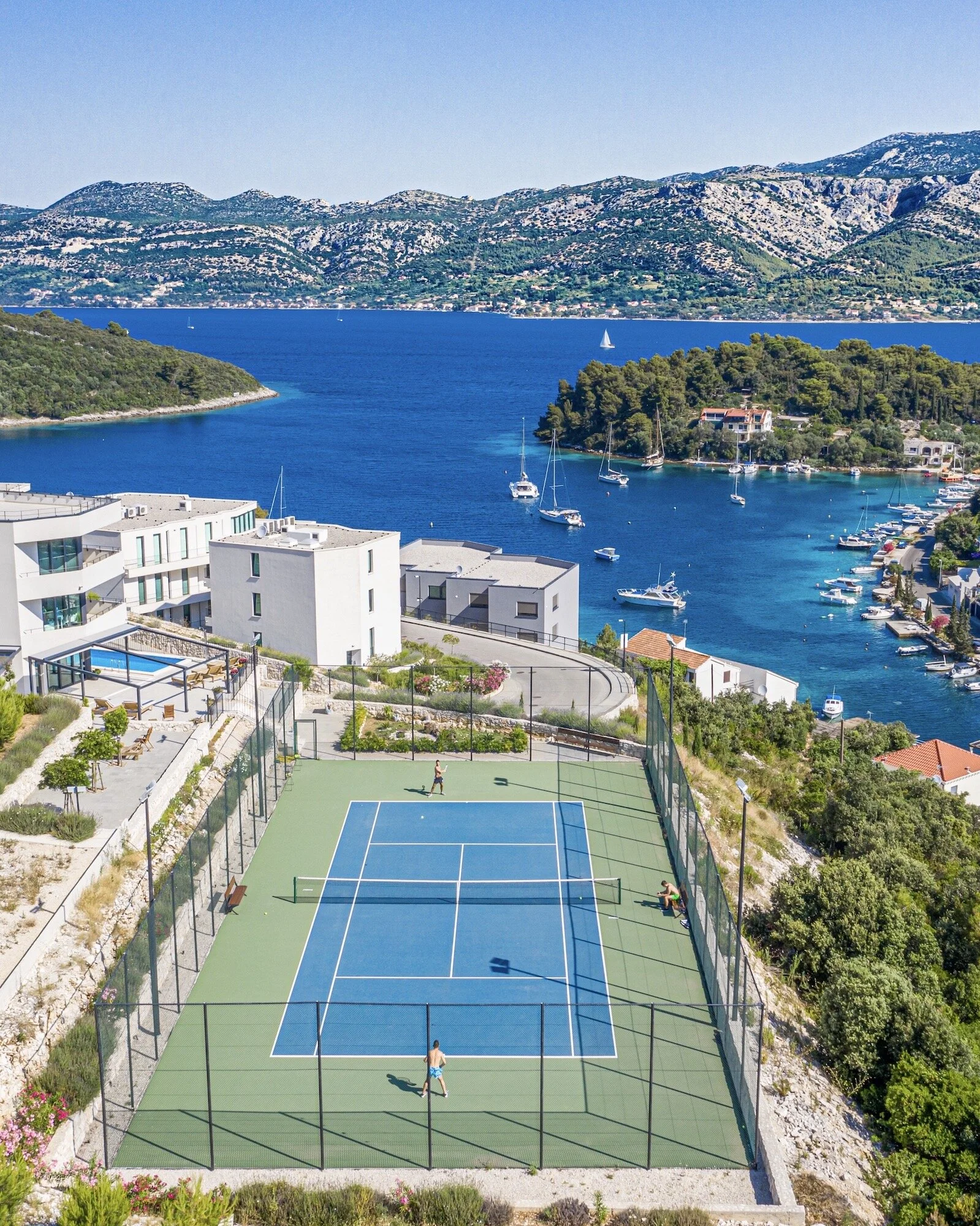Episode 49
Photo Cred: @Timotej
Primosten, Croatia
Dobra večer, priatelji!
Welcome to Episode 49!
We love numbers divisible by 7 here at LLC, and today we have a great episode for you.
In our lesson, we’ll learn some words you’ll find in the kitchen.
Bust out the post it notes and learn how to label your appliances and dish-ware!
Lesson - Kitchen
kitchen - kuhinja
refrigerator - frižider
sink - sudoper
stove - peć
oven - pećnica
cupboards - ormar
dish - tanjur
knife - nož
fork - vilica
spoon - žlica
In this edition of our SSR, DJ Moe is going to pump up our sodium intake and teach us about a place in Croatia that is famous for producing salt. Have you ever heard of Solana u Stonu? Get ready to learn about it!
Solana Ston has some rich history. This salt process was around with the Illyrians around 167 B.C. To the Romans in 2000 B.C., this area has been a source of salt for a really long time. Ston is thought to be the home of the oldest Salt Pans in all of Europe, and the largest and best preserved.
In 1333 Ston became an integral part of the Duborvnik Republic as it was the source of 1/3 of their economy. Walls were built in the 13th and 14th century to protect the salt pans and along with that project came two new towns. Ston and Mali Ston, joined together by a mile long wall between them. The walls are similar in construction to the famous walls that you can visit in Dubrovnik today. The walls around Ston seem to wrap the country side, it’s said the walls of Ston or the second longest in the world behind the Great Wall of China.
The tradition of Salt harvesting has been passed down in this area over 4000 years, with vary little changes.. Salt is still produced with assistance of the Sea, the sun and wind. Solana Ston has 58 pools divided into 5 groups, denoting the 5 stages of the process to salt completion.
Fun Fact:
The Crystallization process has 9 pools named after saints.
Francis, Nicholas, Balthazar, Anthony, Joseph, John, Peter, and Paul
The 9th pool is called Mundo, a Spanish word meaning world or better yet the people in the world. This was a nod to the close ties the area had to spanish rule at that time. The salt from this pool was to be collected and stored in a special store house and was then shared with the common people who lived nearby and didn’t have money to buy the salt themselves.
Salt is produced when Sea Water evaporates in large shallow pools or pans. During the summer the harvesting of the Salt begins. Back in the day, the 9 pools were able to cultivate about 500 tons annually. During this salt harvesting, salt is scraped from the floors of these large flat pools by push scraper, it is then shoveled and collected into 1 ton capacity train carts. The train carts are then connected and transferred to a storage/drying house where it can then be packaged and shipped around the world.
There are 2 other pools named Blaise and Lazarus which have granite bottoms from which the purest salt is derived. This was said to be the finest variety and was sent to Vienna Court long ago.
Solana Ston is still producing salt, it’s a seasonal job, usually working from April to October. today vs yesteryear not much has changed, the process is the same but the amount that is produced now yields Closer to 1,500-2000 tons of salt each year.
There were times at its peak efficiency when they were able to pull 6k tons of salt in a year but that was long ago.
Solana Ston can still be visited today as a tourist destination.
And That’s it for the super Slatko report






